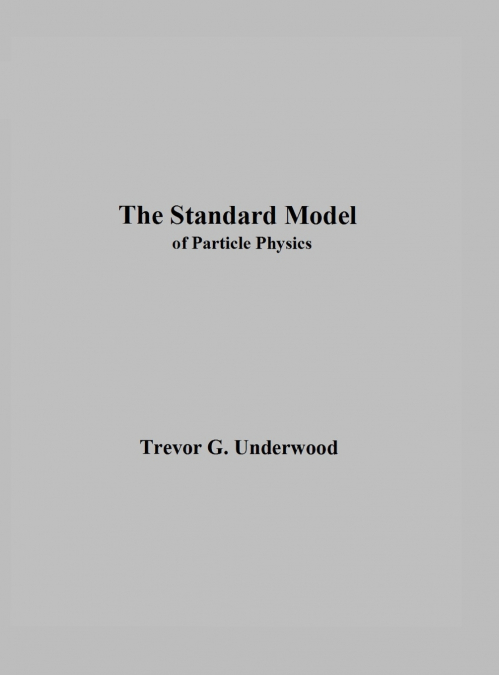
 Librería Perelló (Valencia)
Librería Perelló (Valencia)
 Librería Aciertas (Toledo)
Librería Aciertas (Toledo)
 El AlmaZen del Alquimista (Sevilla)
El AlmaZen del Alquimista (Sevilla)
 Librería Elías (Asturias)
Librería Elías (Asturias)
 Librería Kolima (Madrid)
Librería Kolima (Madrid)
 Donde los libros
Donde los libros
 Librería Proteo (Málaga)
Librería Proteo (Málaga)
This is the fascinating story of the development of Standard Model of particle physics between Dirac’s prediction of the positron in 1928 and the introduction of the six-quark model in 1973, as described in the primary sources. The Standard Model of particle physics is the theory describing three of the four known fundamental forces in the universe (electromagnetic, weak and strong interactions - excluding gravity), and classifying all known elementary particles. Although the Standard Model has demonstrated some success in providing experimental predictions, it leaves some physical phenomena unexplained and so falls short of being a complete theory of fundamental interactions. This analysis of the failures of the Standard Model suggest that they stem from the attempt to base it on relativistic quantum field theory and make it Lorentz covariant, and the reliance on renormalization to remove infinities and bring theoretical values in line with experimental ones. Part I describes the development of the Standard Model from the Bohr model of the atom in 1913, based on what were believed to be 3 stable particles, electrons in orbit around a nucleus comprised of protons and neutrons, to its emergence in 1973 as the six-quark model, comprising 52 elementary particles and anti-particles, of which only the electron is believed to be stable.Part II introduces an alternative, Supersymmetry; and Part III introduces, String Theory, neither of which fare any better.